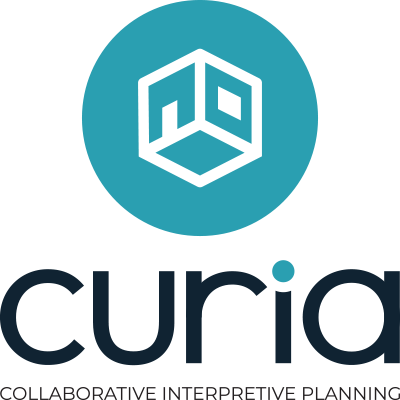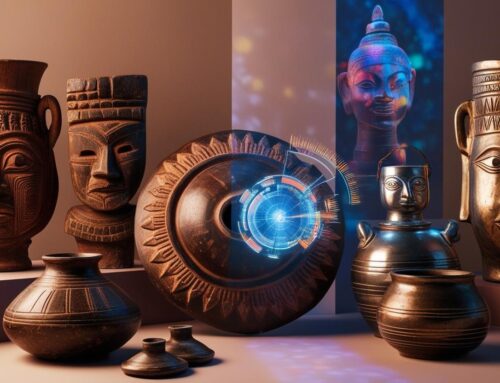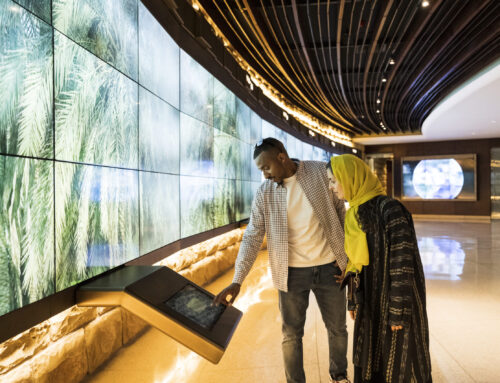With the increasing audience demands, museums must adapt and incorporate new tools to streamline the exhibition and interpretive planning and design process. Curia has emerged as a game-changer for museums, transforming interpretive planning into a simplified, efficient, and more effective process.
Curia is designed to address the challenges museums face during the interpretive planning phase of exhibition development. Its user-friendly interface and collaborative features allow a smooth transition from conceptualization to execution.
Unified Collaboration Space
Curia acts as a hub for all contributors to collaborate on interpretive content. Curia’s inclusive environment allows you to communicate, share resources, and work cohesively. This ensures everyone is aligned, contributing to an efficient and effective planning process.
Seamless CMS Integration
Integration is key when it comes to accessing updated information. Curia seamlessly integrates with several Content Management System (CMS) applications. This ensures that your team has real-time access to the most updated information, making sure that everyone is working with the same data and content, reducing discrepancies, and enhancing productivity.
Preservation of Past Exhibitions
Historical data is invaluable, and Curia recognizes this by providing a feature to preserve previous exhibition information and documentation. This preservation acts as a repository for future exhibitions, allowing teams to learn from past experiences, reference earlier content, and build upon previous work.
Intuitive Drag-and-Drop Functionality
The drag-and-drop feature in Curia is a testament to how user-friendly the platform is. Museum professionals can effortlessly drag and drop objects and groupings within the plan. This feature not only makes it easier to organize and structure the exhibition layout but also saves time and reduces the complexities involved in manual adjustments.
Continuous Sharing and Updating
Curia stands out by enabling users to share information, ideas, and updates during the entire interpretive and exhibition planning process. This continuous sharing ensures that the team members are informed about the developments and can contribute effectively. This fosters a sense of ownership and responsibility among the collaborators.
Support for Evaluations and Label Management
An often overlooked yet critical aspect of exhibition planning is evaluation. Curia includes support for both Formative and Summative evaluations, ensuring that the exhibition is planned well and assessed for effectiveness and impact. Additionally, label management is also a breeze with Curia, helping museum professionals to manage and organize exhibit labels efficiently.
Curia is, without a doubt, an indispensable tool for museum professionals. Its focus on collaboration, seamless integration with CMS applications, preservation of historical data, intuitive functionalities, and robust support for evaluations and label management makes it the ultimate solution for streamlining interpretive planning and exhibition management. In an industry where innovation and efficiency are key, Curia is poised to become a staple in the toolkit of museum professionals.





